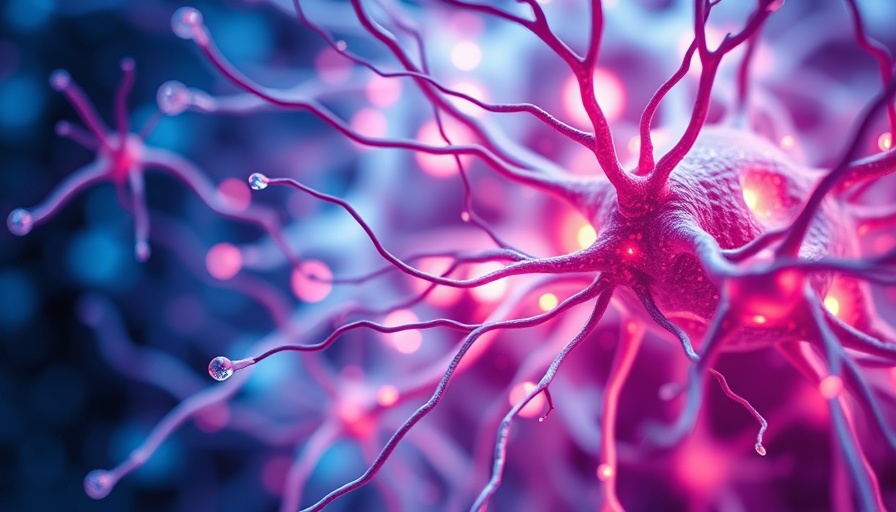
Understanding Landau-Kleffner Syndrome
Landau-Kleffner Syndrome (LKS) is a rare disorder primarily affecting children, marked by two significant challenges: recurrent seizures and a striking loss of language capabilities. Often sudden, this inability to communicate, known as aphasia, disrupts not just the patient’s ability to express themselves verbally but also impacts their understanding of language. The reason for this decline varies from child to child, making understanding LKS particularly complex.
Seizures and Language: An Unusual Connection
The relationship between seizures and language in LKS can be puzzling. Medical professionals usually diagnose LKS by observing the clinical signs—a loss of speech—alongside an EEG that reveals unusual seizure activity. These seizures can occur frequently and unexpectedly, further complicating communication. Children with LKS may seem to regress in their abilities, contributing to emotional stress for both the child and their family.
The Genetic Puzzle Behind LKS
The causes of LKS appear to have a genetic basis for some patients. Research indicates that certain cases of LKS may be linked to variations in the GRIN2A gene, which is responsible for transmitting crucial signals between nerve cells in the brain. When these signals are disrupted, it can lead to both language difficulties and seizures. However, not every child with a GRIN2A variant will develop LKS, suggesting the influence of other unknown genetic factors and environmental components that play a role in this complex syndrome.
An Autoimmune Component?
Interestingly, another line of inquiry emphasizes the possibility of an autoimmune response. In some cases, the body may mistakenly attack its own brain tissue, much like how it would respond to an infection. This response can lead to the symptoms associated with LKS, presenting another layer of complexity for healthcare providers looking to support affected families.
Supporting Language Development
For families navigating the challenges of LKS, understanding the syndrome is crucial. Engaging with speech and language therapy can play an instrumental role in regaining lost communication skills. As a concierge medical practice owner, fostering connections with specialists in this field can bolster wellness strategies that hinge on effective communication and understanding.
Building Awareness in Medical Communities
With the growing interest in rare diseases like LKS, it is essential to promote awareness within healthcare practices. Education about LKS can empower medical professionals to recognize symptoms early and implement intervention strategies that can aid in recovery. The nuances of this disorder highlight the importance of empathetic communication, especially for practitioners specializing in patient relationships.
Conclusion: The Power of Empathy in Patient Care
Landau-Kleffner Syndrome exemplifies the intersection of neurological and communicative health. Understanding this disorder can not only enhance patient care but also educate families navigating this challenging terrain. As a medical concierge practice, aligning with knowledgeable specialists and emphasizing compassionate communication strategies can ultimately set you apart in patient satisfaction and care.
 Add Row
Add Row  Add
Add 




Write A Comment